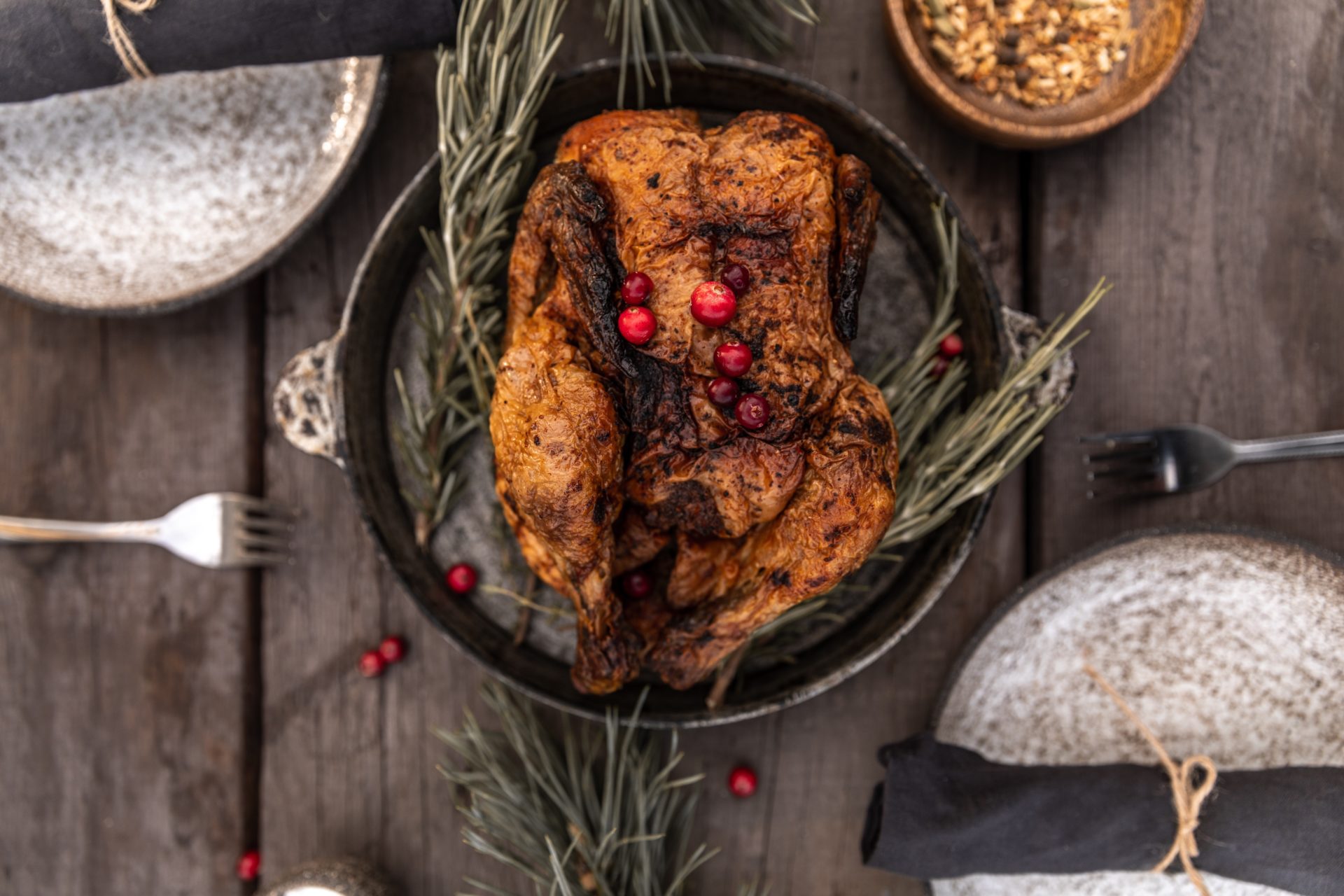Ever attempted a culinary feat atop a hill, mountain, or any high altitude and wondered why your trusted recipes seem to backfire? Is your pasta water refusing to boil, or your cakes turning out flatter than a pancake? Fear not, fellow chefs. In this guide, we’ll disclose all the secrets of high-altitude cooking, whether you’re camping in the Rockies or baking in a Denver kitchen.
Why Does Altitude Affect Cooking?
‘A watched pot never boils’ may ring high and true at high altitudes. The primary culprit is air pressure—or lack thereof. As we ascend higher, the air pressure decreases, affecting the way food cooks, boils, or bakes! Let’s examine this into a bit more detail.
FAQ: Is There Less Oxygen at High Altitudes?
Interestingly, the concentration of oxygen remains relatively unchanged up to around 70,000 feet above sea level. It’s the air pressure that decreases, meaning the oxygen molecules are spread out and therefore less accessible.
Post Alt: How Atmospheric Pressure Impacts Your Mountain Meals
- Lower boiling point: Water boils faster but at a lower temperature, which means longer cooking time.
- Sugar concentration: Lower boiling points mean sugar becomes more concentrated, impacting baking, caramelizing, or making candies.
- Leavening goes awry: Rapid pressure release can cause dough to rise and fall quickly, leaving baked goods dense.
Tread Lightly: Cooking Tips for High Altitude Preparation
“So how should we adjust to this thin air mischief?”, you may ask. Pull up a camping stool or your lodge chair and contemplate our high-altitude solutions! Notice that flavor is hardly affected, so your favorite dishes will still taste like home– they merely need a high-altitude ‘translation’.
Your Elevated Kitchen: Boiling and Cooking Tips
1. Add More Time, Lower the Heat: Recall our boiling point conundrum? To account for the lower boiling temperature, you may need to increase your cooking time by up to 25%. But be cautious not to intensify the heat.
Conquering the Lofty Bake: Baking and Sweet Savors
2. Balance the Batter: For your beloved cakes and bread, consider increasing the amount of liquid, reducing baking powder, or even adding an extra egg. The goal here is to curb the overly enthusiastic leavening and prevent drying out. Don’t be discouraged if it takes a few attempts— altitude makes us all beginners again!
Common Culinary Queries: High-Altitude Edition
FAQ: What Altitude is Considered High?
In the cooking world, altitudes above 3,000 feet can significantly affect cooking times and processes. Topographically, though, ‘high altitude’ is often regarded as over 5,000 feet above sea level.
FAQ: Do I Need Special Equipment for High-Altitude Cooking?
While it’s not a necessity, specially designed high-altitude cookware can be advantageous. Pressure cookers, for example, can offset the lower atmospheric pressure by maintaining a higher pressure within the cooker, allowing your beans and stews to cook at their usual pace.
Altitude Check: Have You Grasped the High-Altitude Cooking Commands?
So, fellow elevated cooks, are you ready to take on the high-altitude culinary world? To avoid flat cakes and undercooked pasta, remember: water boils at lower temperatures, leavening is swift, and sugars can be feisty. Armed with these insights, your high-altitude feasts are guaranteed to leave your guests breathless—with delight, of course!
Just remember—altitude is just a number, not a barrier to your culinary mastery. Adapt, adjust, and create! After all, isn’t that the true spirit of cooking?

